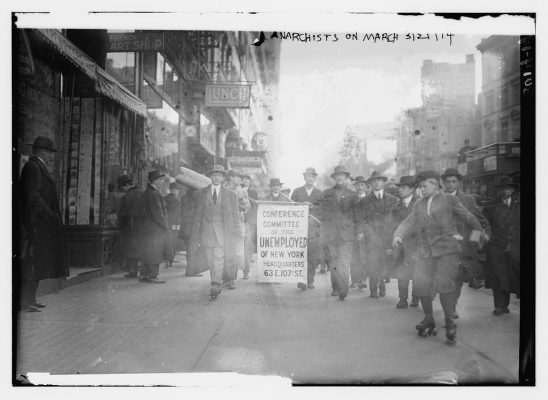At the beginning of From the Beast to the Blonde, her study of fairy tales and their tellers, Marina Warner recounts a Kenyan fable in which an ailing Sultan’s wife is restored to health by being fed ‘meat of the tongue’ – tales, stories, jokes and songs. A belief in the central, sometimes life-giving importance of storytelling is the woof which weaves all Warner’s work together, both fiction and critical works; the warp, on the other hand, could be almost anything which catches her magpie-like eye, from the Cumaean Sibyl to Jurassic Park.
Born in London to an Italian mother and an English bookseller father, Warner’s early childhood was spent in Cairo and Belgium, after which she was educated in England, firstly at a convent school and then at Oxford. Beginning her career as a journalist, Warner’s writing encompasses myth, fairy tales, symbolism, the visual arts and feminine archetypes. Her first book, The Dragon Empress (1972), a biography of the Chinese Empress Dowager Tz’u-hsi, was followed by a study of another iconic female figure, the Virgin Mary, in Alone Of All Her Sex (1976). Subsequent critical works have addressed topics such as the female form in myth and sculpture (Monuments and Maidens, 1985), fairy tales (From the Beast to the Blonde, 1994) and ideas of spirit and soul (Phantasmagoria, 2006). She has also written several novels and short story collections, many of which also draw on older myths and tales, mixing the mundane with the magical; Indigo (1992), for instance, reworks Shakespeare’s The Tempest, while a story from mermaids in The Basement (1993) reimagines the temptation of Eve by a snakily persuasive saleswoman in a supermarket. Her most recent work, Stranger Magic, is a study of the Arabian Nights, which will be published later this year. She is currently writing a novel inspired by her father’s bookshop in Egypt, entitled Inventory of a Life Mislaid.
I meet Marina Warner at her home in north London, a wonderful bibliophilic Aladdin’s cave of a house. There are richly coloured rugs on the floors, an old grandfather clock in the corner, and books everywhere – on bookshelves, stacked up next to the bookshelves, on tables. The everyday and the fantastical jostle together; a tangled marionette hangs from the door of a kitchen cupboard, a giant wooden oar stands at the top of the stairs. (This last is a sculpture by her son, the artist Conrad Shawcross, entitled The Winnowing Oar, inspired by Tiresias’ prophecy in The Odyssey that Odysseus will know when he is near his death when the oar over his shoulder is mistaken for a winnowing fan by an inland-dwelling stranger.) We talk in her kitchen, where I am plied with carrot cake, strawberries and coffee – and plenty of meat of the tongue.




